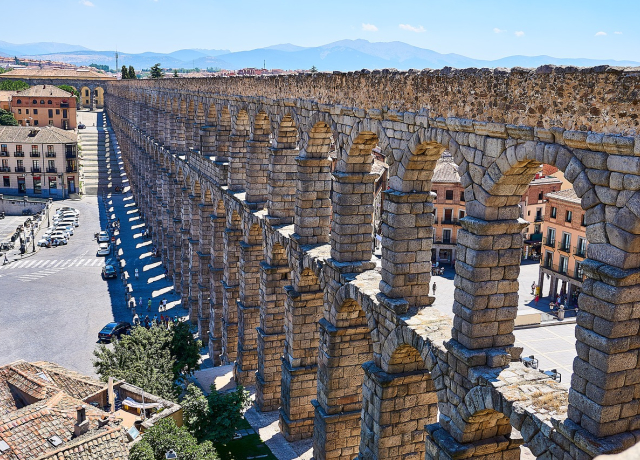The World Heritage Centre Shares the European Heritage Days Message
The World Heritage Centre Shares the European Heritage Days Message
September was a thrilling month for history and culture enthusiasts! Greece offered free admissions to over 100 iconic culture and heritage sites, over 1100 events took place across Italy, while France had an incredible programme with over 26,000 cultural activities!
These are just some of the exciting programmes that took place last month and the celebrations of “Heritage and Nature” continue in a similar vibe! Bizkaia announced 300 events in October, while 50 thematic tours, exhibitions, presentations, workshops, and many other events have recently opened in Croatia.
The amazing volume and diversity of European Heritage Days events do not only speak about the growing public interest in local heritage, histories and traditions, but also about the richness of European heritage. As such, European Heritage Days represent one of the most important efforts to raise awareness of shared European heritage and empower citizens to discover sites and places that have a history to tell.
The value of European Heritage Days was recognised by Director of the World Heritage Centre, Mechtild Rössler, who welcomed the 2017 edition. In her public note, she highlighted the important role of European Heritage Days in making tangible and intangible heritage closer to the public, involving the youth in heritage exploration, and enhancing the intercultural dialogue.
“Emphasis is given to heritage values embodied in nature and to the extent to which the environment shapes people's lives and lifestyles and its contribution to their well-being and socio-economic prosperity. The events taking place in urban nature sites, historic gardens, national reserves, home yards, national parks, heritage biotopes, protected areas, every day and outstanding landscapes will help people to connect to nature and explore its diversity and cultural values.”
While there are many ways to explore local heritage and learn about shared European values, European Heritage Days are one of the most popular and engaging ones! The pan-European nature of the festival and the people behind it – visitors, event organisers and entire heritage communities – make it a lasting event that has stuck to Europeans’ hearts.
